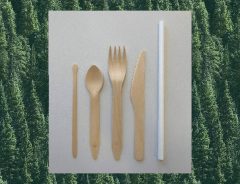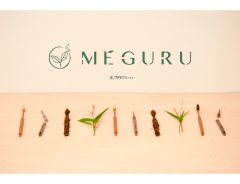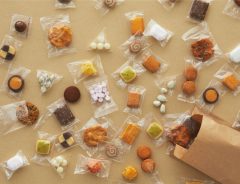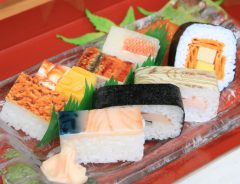- Source:
- Tui De Roy/Minden Pictures / HScmidt/Reddit / Daily Mail
- Tags:
- Hermit Crab / Plastic / Pollution
Related Article
-

McDonald’s Japan to begin providing wood utensils and paper straws nationwide
-

Japanese Artist’s Amazing Super-Realistic Wearable Animal Heads Are Out Of This World
-

Japanese maker releases bamboo toothbrushes in campaign against plastic waste
-

Muji to sell candy and snacks by weight, each individually plastic wrapped
-

Japanese Plastic Food Displays Look So Delicious
-

Wakeup Call: Japan’s Smoking Problem is Bad for Health, Worse for the Environment



This is a picture of a hermit crab in Cuba that adopted a toothpaste lid as its new protective home.
Source: Reddit
Cute? That might be many people’s reaction when they see this photo, originally posted by Reddit user HScmidt and taken by his girlfriend. We now know that this photo reflects a harsh reality about plastic pollution and its severely harmful effects on nature.
The problem with this photo is the toothpaste lid, which might look like this hermit crab’s creative way of utilizing a resource that it found nearby. But hermit crabs use second-hand shells for shelter to provide extra protection for their soft bodies, and this “creative” substitution in fact tells us something much more about the environment it lives in.
In a recent article, the Daily Mail has written that “around 8 million tons of plastic bottles, bags, toys and other plastic rubbish ends up in the world’s oceans each year.”
A Reddit user was also quoted saying:
“It's come to the point on Earth where humans have created so much waste, that nature has now started to incorporate it into its everyday cycle of life.”
With that taken into consideration, it’s no wonder that this hermit crab was lacking in natural resources for his survival.
Another picture reveals an alarming image of a dead albatross chick, whose stomach is filled with bottle tops, fishing nets and splintered plastic which were believed to be fed to the bird by its parents.
Source: Minden Pictures
It’s a horrific reality, and one that will take our utmost efforts to counteract.
So what can we do as individuals to help preserve our oceans and the animals that live near them? Here are four simple ways:
1. Use reusable bottles and containers.
2. Carry around your own reusable plastic bag.
3. Don’t use plasticware.
4. Buy boxes (of juice, dish soap, etc.), not bottles.
Too easy, right? That should give us no reason not to make our own contribution to the preservation of nature, no matter how little it may seem.